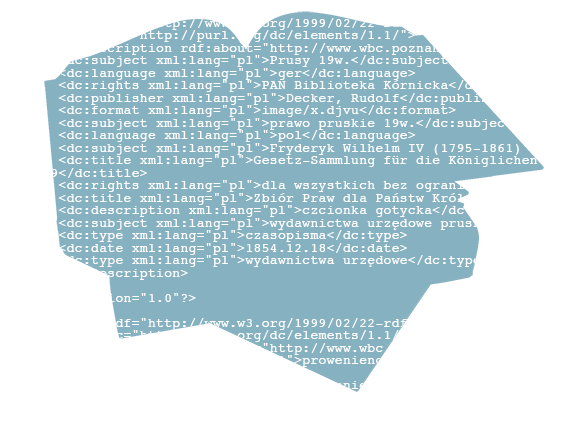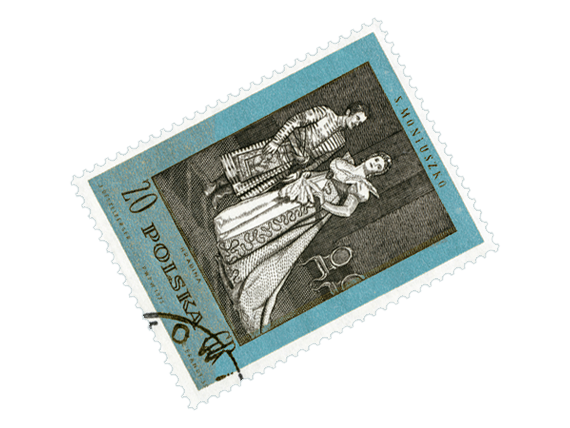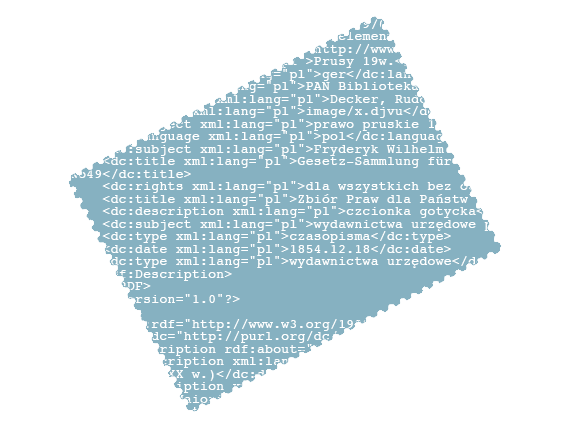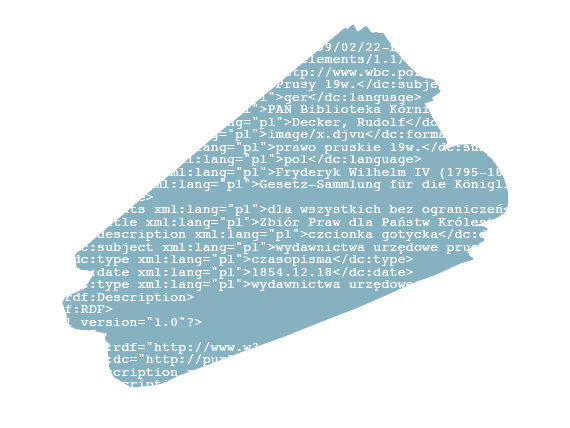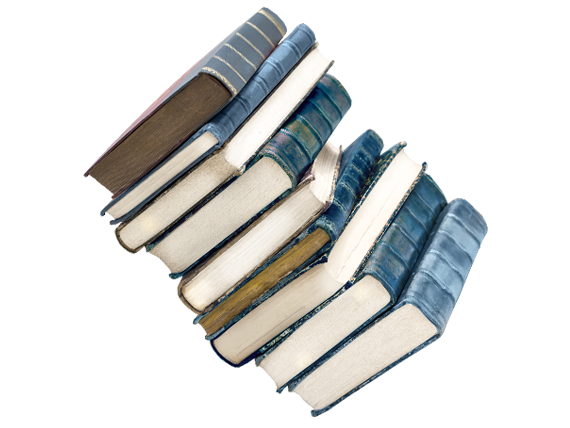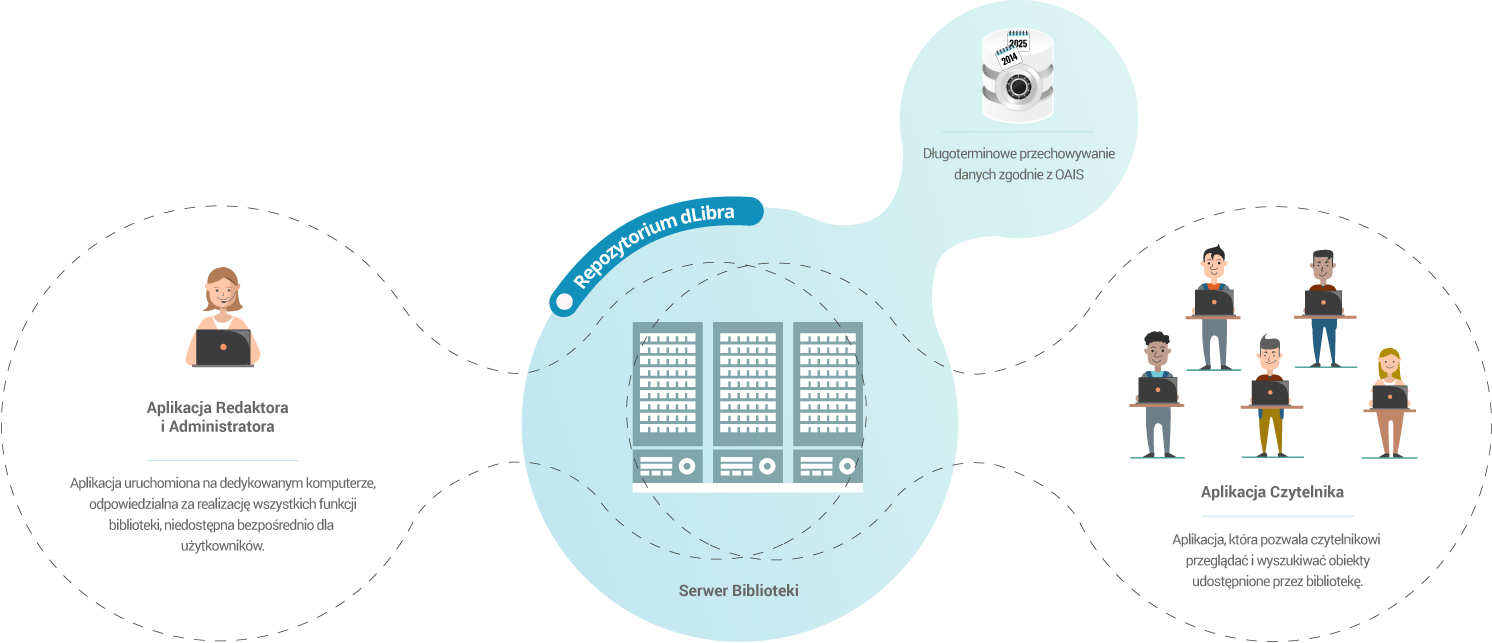Digital libraries
DLibra software is used to build professional repositories of digital objects. Repositories based on dLibra software can
act as systems such as:
1. Digital libraries | 2. Institutional repositories of documents | 3. Digital archives
DLibra system allows you to store digital objects in any format (eg .: the multi-file HTML pages, PDF documents, audio and video, etc.) and each of the stored objects prevail be described using as defined under the set of metadata repository. Stored objects can be made available to readers online through a dedicated website repository. DLibra repositories can also work with other systems using open Internet standards communication such as the OAI-PMH or RSS feeds.
1. Digital libraries | 2. Institutional repositories of documents | 3. Digital archives
DLibra system allows you to store digital objects in any format (eg .: the multi-file HTML pages, PDF documents, audio and video, etc.) and each of the stored objects prevail be described using as defined under the set of metadata repository. Stored objects can be made available to readers online through a dedicated website repository. DLibra repositories can also work with other systems using open Internet standards communication such as the OAI-PMH or RSS feeds.

